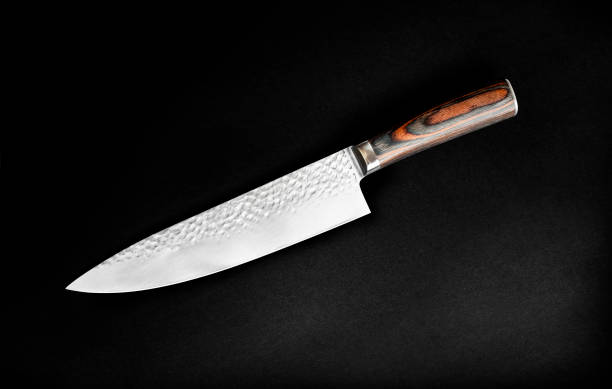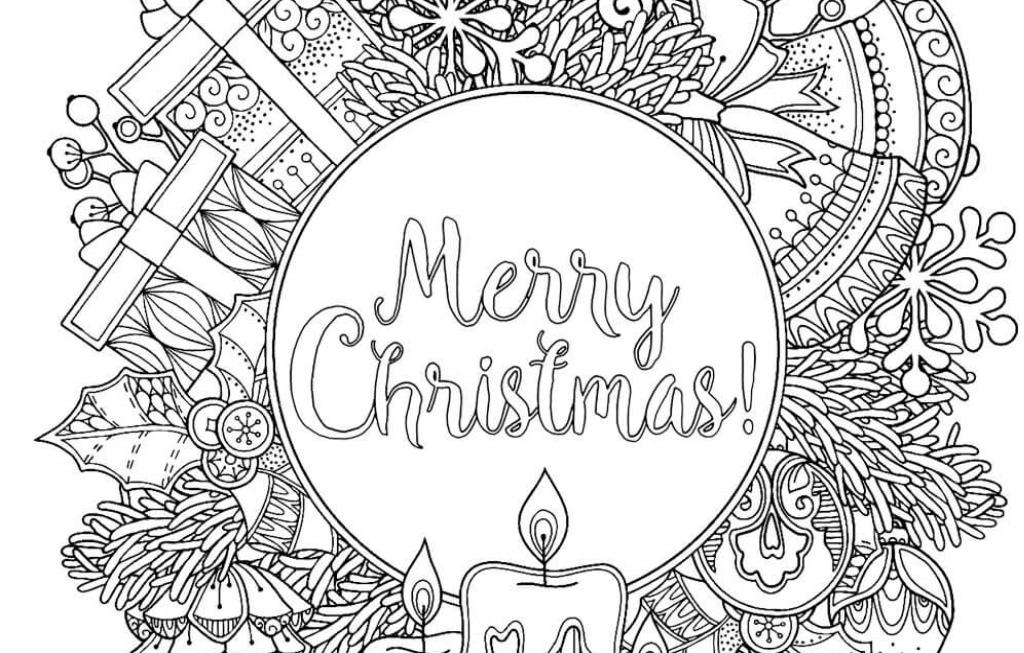Custom Damascus Knives is always guided by expert opinions and is ready to talk endlessly about faithful wisecracking comrades, the main kitchen assistants with an unbending “steel will” KNIVES. This time we will summarize the experience of common mistakes that people make when they do not understand the correct choice of kitchen knives.
1. Appearance
Appearance can be deceiving and this is directly related to knives. Just because you like the look of a knife doesn’t mean it will be comfortable to work with. Until you hold a knife in your hand, you will not know for sure whether it is suitable for cutting specific products. Comfortable brush grip and suitability for the type of kitchen work are of paramount importance when choosing a knife or set of knives.
In this regard, experts recommend choosing a knife, if possible, in a store with a direct examination. The structure of the hands of young and older people, as well as men and women, differ significantly, so their tactile sensations of the same object are perceived differently.
In addition, differences in the design elements of knives play a role, at first glance cannot be assessed. So, when comparing a chef knife with a fully enclosed bolster (European type), which serves for increased ergonomics and safety, one can see that it is more suitable for cutting vegetables and prepared foods. And the Japanese “chef” with an open heel is more suitable for universal work, including butchering meat. In addition, this design does not interfere with sharpening the base of the blade.
2. The overall dimensions of the knife,
The overall dimensions of the knife, as well as the shape of the handle, are critically felt in work. For some models of the same type, the blade length difference can reach 15 cm. And more does not mean better at all.
By the way, for the same European-made chef’s knives, the blade can reach 30 cm in length, and usually longer than that of Japanese “chefs”, for which the standard blade length is about 18 cm. Accordingly, the longer the blade, the more effort it requires to maneuver it. . To understand what length of the knife blade is most convenient, again, it is advisable to try its analog in practice.
3. The desire to choose one good knife
The desire to choose one good knife for all kitchen work is misleading. Different types of knives are just different in size and shape, suitable for cutting different products. It is impossible to peel potatoes with a chef’s knife, just as it is impossible to cut meat with vegetables or cut a watermelon. The standard cook set includes “chef”, wagon, and vegetables, which provide minimal functionality.
4. More expensive doesn’t mean better.
More expensive doesn’t mean better. The price of a knife should not fully characterize the model for the owner. Japanese manufacturers TOJIRO and Fuji Cutlery aim to improve quality while maintaining the mass availability of knives, and among their budget models, there are some very outstanding ones.
5. In the pursuit of knives
In the pursuit of knives made of special steel grades, you can not only significantly overpay, but generally be disappointed in them. Demanding carbon, colorful damasks, rare khagan’s ー are they needed, except for prestige?
6. Similar to the brand
Similar to the brand, one can make a mistake when pursuing the high hardness of steel. Japanese knives are usually balanced by model type, steel grade, and hardness, which is considered optimal at 58-60 HRc for normal use and sharpening.
7. When choosing knives
When choosing knives, you need to take into account the exactingness of their maintenance. For example, Japanese knives are not suitable for washing in a dishwasher, unlike most European models. The same applies to sharpening: Japanese models have several types of convergence. Their sharpening angle is usually less than that of their European counterparts and affects their predatory sharpness.
Read More: Important Tips to Consider When Hiring A Tiling Expert



